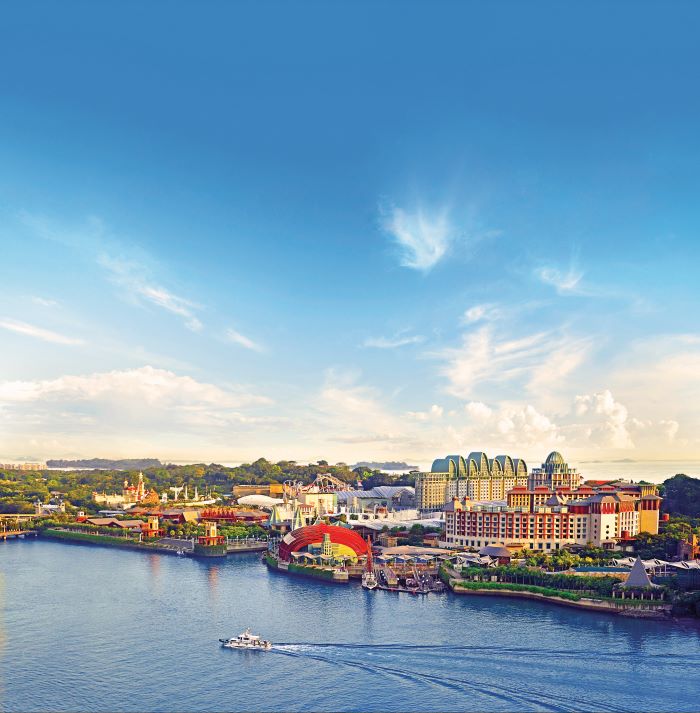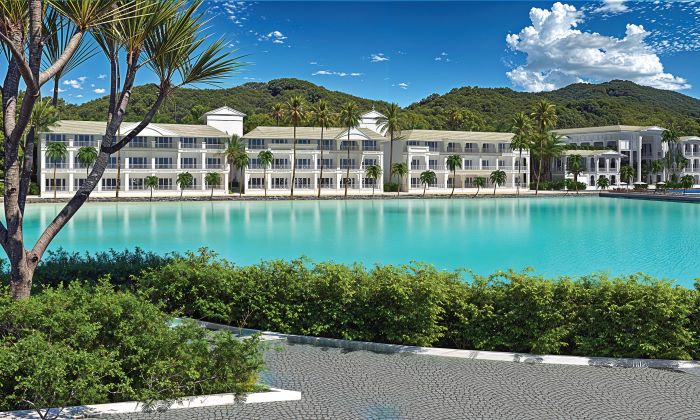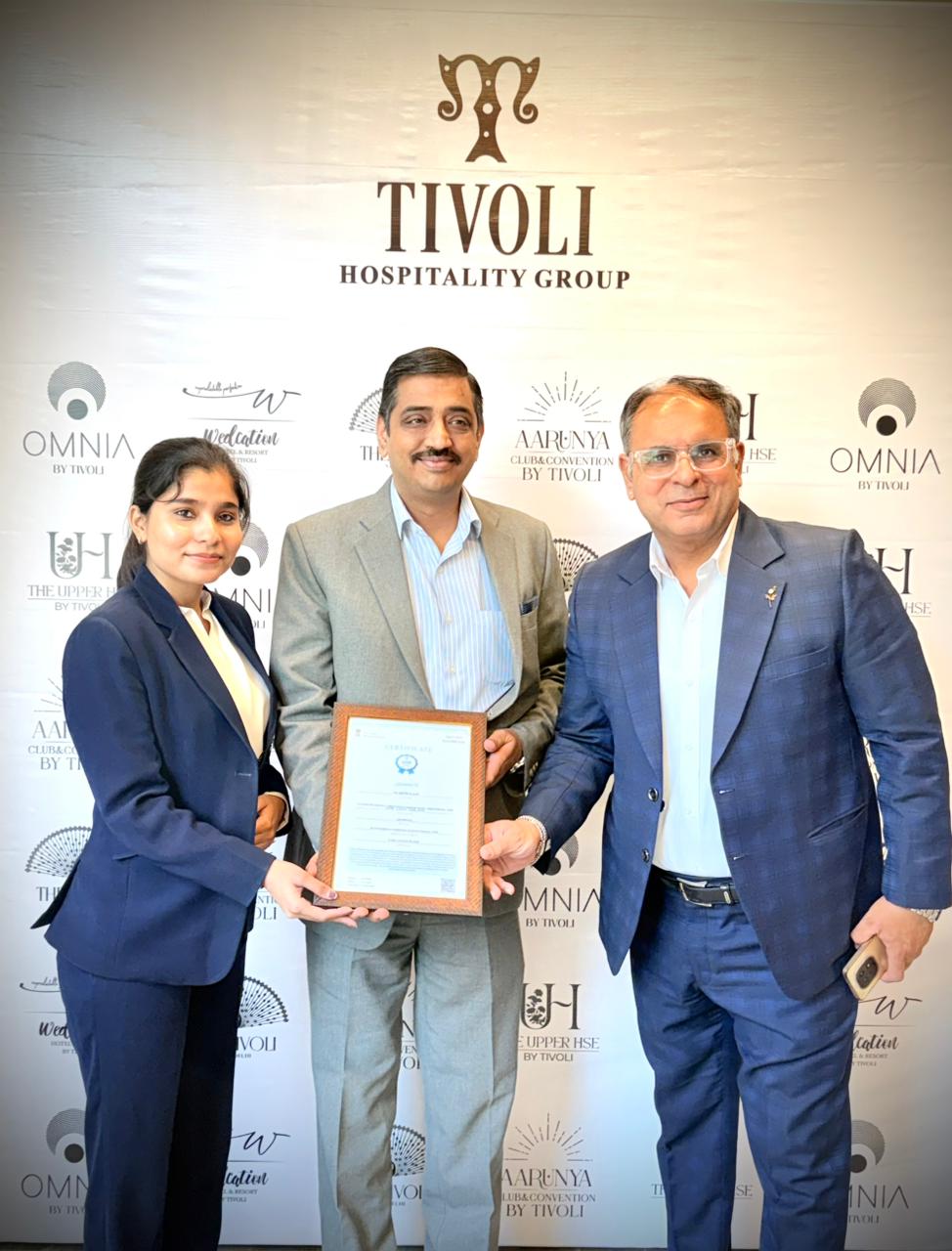Upbeat about year-on-year growth of hospitality sector, new-age investors are turning towards hotel investment, targeting dual returns: A steady cash yield and potential capital appreciation.
Nikhil Shah
The Indian hospitality sector is witnessing a paradigm shift, with a new breed of investors stepping into the market. Traditionally dominated by individual hoteliers with single or multiple assets, the sector is now attracting institutional money and educated investors who understand the nuances of the real estate and hospitality cycles. These new-age investors, often educated abroad, are keen to explore hotel investments, viewing them as long-term assets akin to perpetual bonds.
The dual returns of hotel investments
Today in India, investing in hotels offers a unique combination of returns: a steady cash yield and potential capital appreciation. Typically for investors, hotel investments provide a cash yield of 4 to 6 per cent annually, and this comes coupled with a capital appreciation of 4 to 5 per cent if the asset is held for a long-term cycle, usually more than 15 years. This dual return makes hotels an attractive investment for those looking to balance income generation with asset growth.
Investment parameters
New-age investors and traditional owners alike evaluate hotel investments based on several financial metrics to ensure profitability and sustainability. Let us look at the financial parameters.
- Internal Rate of Return (IRR): Many investors seek an IRR greater than 15% to justify the long-term commitment and capital outlay involved in hotel investments.
- Return on Capital Employed (ROCE): The ROCE for the first or third year of operation is often expected to be between 10% and 12%. This ensures that the investment starts generating acceptable returns relatively early in its lifecycle.
- EBITDA multiple: When purchasing hotel assets, investors look for earnings before interest, taxes, depreciation, and amortization multiple of around 12x. This metric helps in evaluating the value of the hotel based on its EBITDA.
Experts support strong growth metrics
Speaking with Rafiq Balwa of Fairfield Marriott, Sagar Galani of Moxy Hotel, Ayushi Ashar of Ashar Group, and Harsh Shah of Naman Group unravels a set of collective highlights that reveal the promising prospects of investing in the Indian hospitality sector.
As India’s economy grows rapidly, the middle class is expanding, leading to higher disposable incomes and increased spending on travel, leisure, and hospitality services. More Indians traveling and staying in hotels is boosting domestic demand.
Infrastructure development and improved connectivity to religious sites and tier III cities are enhancing the attractiveness of investing in the hospitality industry.
Rafiq Balwa said, “India has seen a significant rise in domestic and international tourists over the past decade, driven by government initiatives like the Incredible India campaign and relaxed visa regulations. This surge in tourism has increased the demand for hotels nationwide.”
Harsh Shah of Naman Group echoed a similar sentiment that the return and yield expectations for hotel projects in India have improved significantly because of robust economic growth, wealth creation, and enhanced infrastructure. Additionally, cost-saving measures implemented during the pandemic have resulted in better operating margins.
“For location preferences, we are focused on top-tier business and leisure destinations with limited upcoming supply, as these markets offer high return on investments (ROI) potential. Regarding the development versus acquisition discourse, we are open to both strategies. Renovating brownfield properties in urban areas often provides better ROI prospects, but greenfield projects are also considered based on opportunities. Our long-term vision typically involves holding assets for long-term revenue generation and appreciation. However, successful recent IPOs in the hospitality sector may offer opportunities for earlier liquidity,” Harsh Shah added.
New trends infuse new energy
Ayushi Ashar of Ashar Group described the three main reasons to invest in the hospitality sector, “Firstly, the Indian hospitality sector saw significant growth year-on-year. This growth was driven by increased corporate travel, weddings, and demand for MICE events. Secondly, the industry revenue growth is fueled by steady domestic demand and an influx of international travellers, presenting lucrative opportunities for investors. Thirdly, domestic tourism is a strong driver, with economic activity and leisure travel expected to keep demand high. Favourable market conditions, including projected increases in average room rates and healthy occupancy levels, create a secure environment for investment, promising steady returns and growth.”
Sagar Galani, who is developing the Moxy Hotel in Andheri West, asserted strong demographic trends in India give confidence for long-term demand in the hospitality sector. “With over 60 per cent of the population in the working age and consistent economic growth rates exceeding 6 per cent annually, the future looks promising,” he added.
Emerging trends such as experiential travel, sustainable tourism, and personalised guest experiences are creating exciting new and inviting opportunities for the investors, he averred. Additionally, significant government investments in airports and the granting of industry status to the hospitality sector are allowing developers to expand projects into tier II cities and rural areas.
“Most Indian developers target a return of 10 to 12 per cent per year with an 8 to 10-year payback period, though this can be longer if land costs are included. Location preferences now favour high-demand or undersupplied markets, with leisure destinations near urban areas seeing strong performance post-Covid-19,” he added.
Another interesting viewpoint presented by him was his preference for acquiring and renovating existing brownfield properties in urban areas over greenfield projects because of better ROI prospects. While the Indian hospitality market is less liquid as compared to the West, they frequently end up holding assets for long-term revenue and appreciation, particularly for marquee properties such as Moxy Mumbai, Galani revealed.
(The views expressed are solely of the author. The publication may or may not subscribe to the same)
“New-age investors viewing hotel investment as long-term assets akin to perpetual bonds” – Nikhil Shah, CFA, Senior Director, Hospitality, Capital Markets & Investment Services
“Surge in tourism has increased the demand for hotels nationwide.” – Rafiq Balwa, Director, Balwa Group
“We are focused on top-tier leisure & business destinations with limited supply.” – Harsh Shah, Vice President, Shree Naman Group
“Projected increases in ARRs and healthy occupancy levels, create a secure environment for investment.” – Ayushi Ashar, Director, Ashar Group & Member of Managing Committee, MCHI-CREDAI
“Future looks promising with economic growth rates exceeding 6% annually.” – Sagar Galani, Director, Landmark Group India









